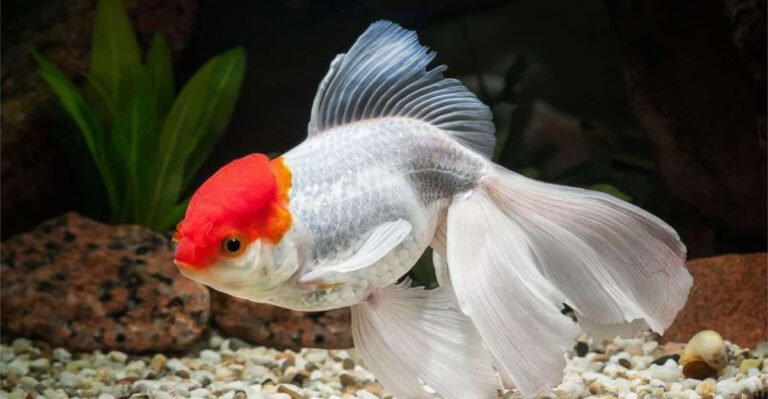10 Real-Life Sea Creatures That Inspired Pirates’ Tales And Legends
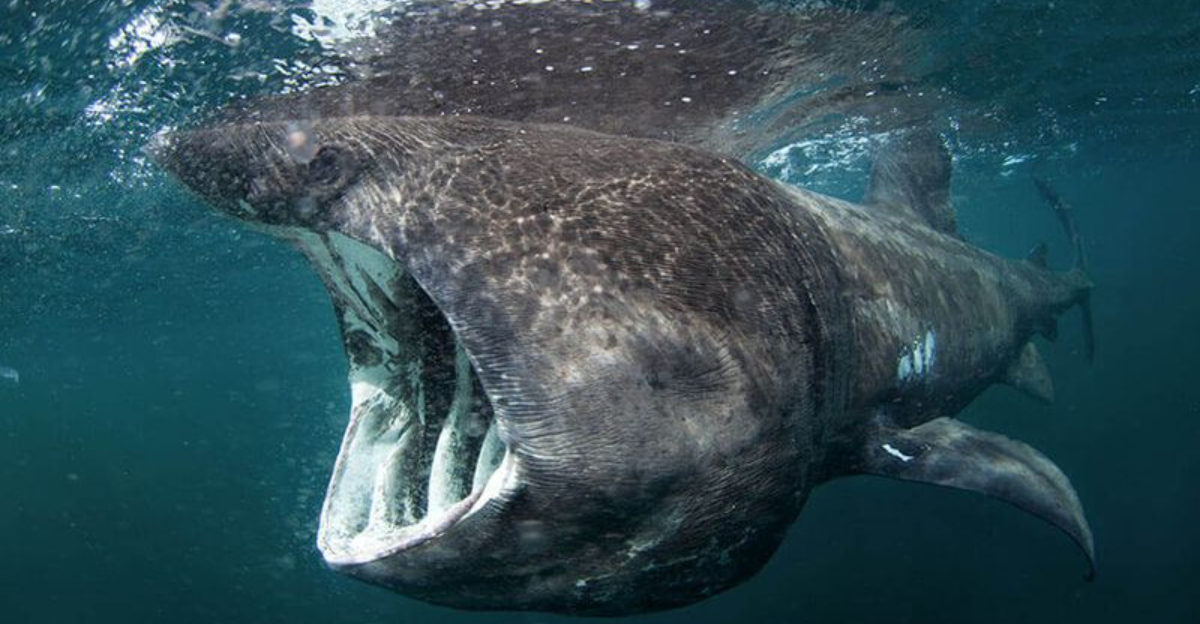
Ever wondered what fueled those wild stories sailors told after months at sea? For centuries, pirates and seafarers returned to port with fantastic tales of monsters and magical beings lurking beneath the waves.
But these legends weren’t pure fiction—they were often exaggerated encounters with actual marine animals. From mysterious mermaids to terrifying sea monsters, these real creatures sparked the imagination of countless generations of sailors.
1. Manatees: The Mermaid Connection

Half-woman, half-fish creatures singing sailors to their doom? Blame it on the manatee! These gentle marine mammals were often spotted by weary sailors who, after months at sea, mistook their human-like faces and nursing behaviors for mythical mermaids.
Christopher Columbus himself recorded seeing “mermaids” in 1493, describing them as “not as pretty as they are depicted.” No kidding—manatees are lovable but hardly the seductive sirens of legend!
2. Giant Squid: The Legendary Kraken
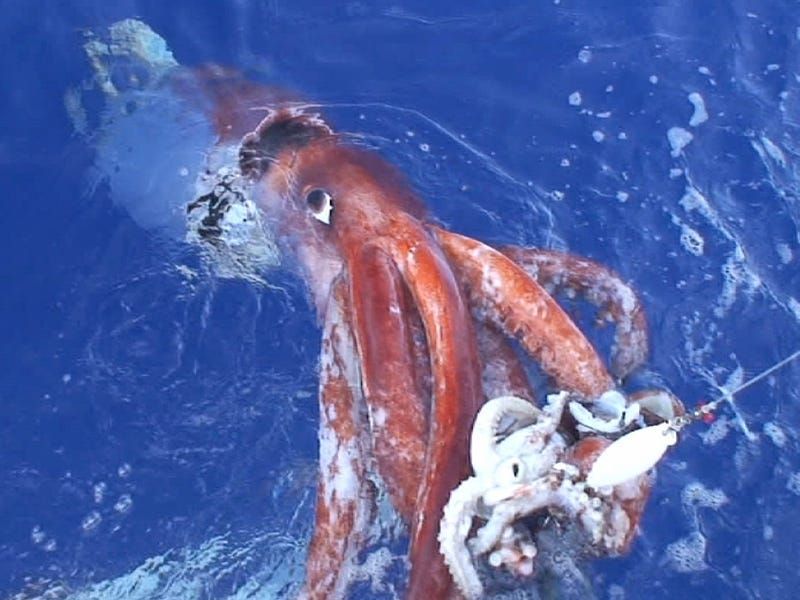
Imagine spotting massive tentacles rising from the depths, capable of dragging entire ships underwater! The fearsome Kraken of Norse mythology likely originated from rare sightings of giant squid, which can grow over 40 feet long.
For centuries, these deep-sea dwellers remained elusive, known only through washed-up carcasses and terrified sailors’ accounts. Scientists didn’t capture a live giant squid on camera until 2004, confirming what pirates had been claiming for ages!
3. Narwhals: Unicorns Of The Sea
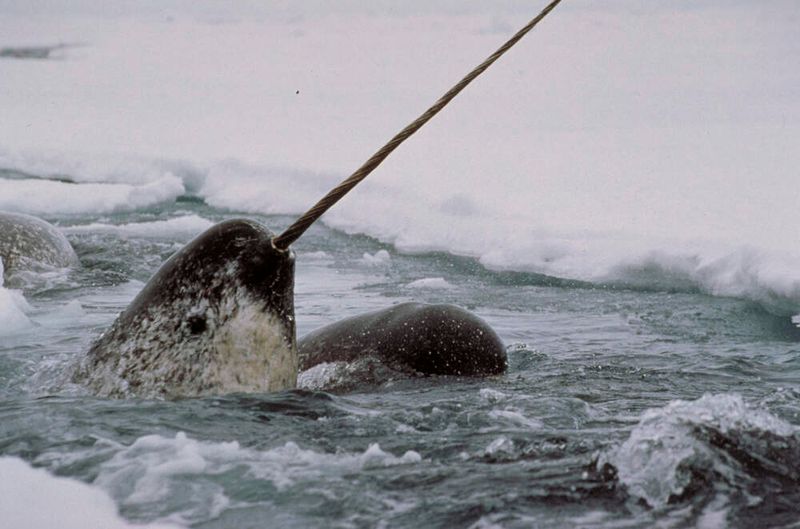
Long before fantasy novels, sailors traded stories about unicorn horns with magical powers. The source? Narwhals with their distinctive spiral tusks that can grow up to 10 feet long!
Viking traders made fortunes selling these tusks as unicorn horns to European nobility. The “horns” were believed to neutralize poison and cure disease. Queen Elizabeth I reportedly paid £10,000 for a narwhal tusk—equivalent to the cost of a castle in her day!
4. Oarfish: The Sea Serpent Reality
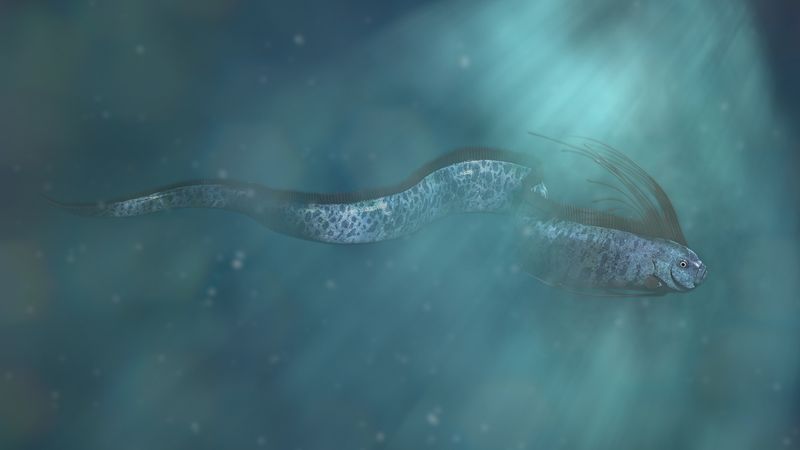
Stretching up to 36 feet and sporting a brilliant red fin running along their silver bodies, oarfish created quite the stir when spotted by pirates. These ribbon-like creatures typically live in the deep sea but occasionally wash ashore or surface when dying.
When swimming vertically, their undulating movements perfectly match descriptions of sea serpents in maritime lore. Japanese fishermen considered oarfish sightings to be warnings of impending earthquakes, adding another layer of mystery to these remarkable animals.
5. Colossal Octopus: The Ship-Grabbing Monster
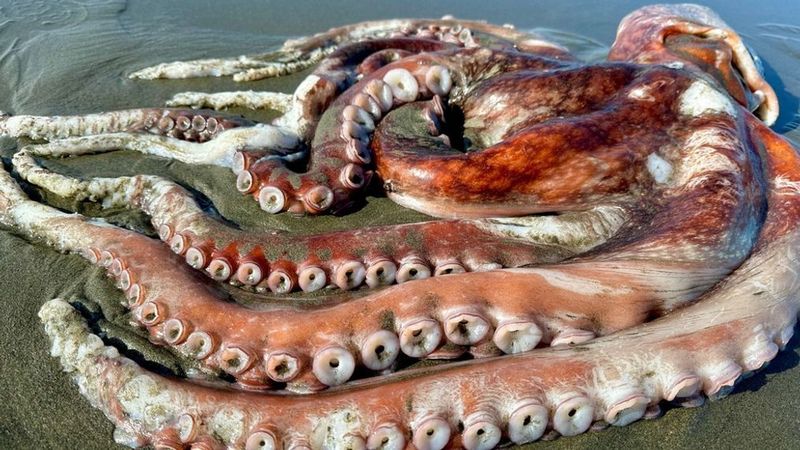
Around campfires and taverns, sailors swapped stories of massive octopuses dragging ships to watery graves. While greatly exaggerated, these tales stemmed from encounters with the colossal octopus, which can span 30 feet across!
French sailors once battled such a creature off Angola in 1861, eventually killing and measuring it. Unlike their giant squid cousins, these eight-armed behemoths prefer coastal waters, making encounters with ships much more likely throughout history.
6. Basking Sharks: Mistaken Sea Monsters

Nothing strikes fear like a massive fin cutting through water! The second-largest fish in our oceans, basking sharks reach lengths of 40 feet and feed with gaping mouths that can open over 3 feet wide.
Despite being harmless plankton-eaters, their size and appearance frequently led to sea monster reports. When decomposing on beaches, their skeletons create eerily dragon-like shapes, further fueling myths of fearsome creatures guarding pirate treasures.
7. Walruses: The Walking Sea Beast
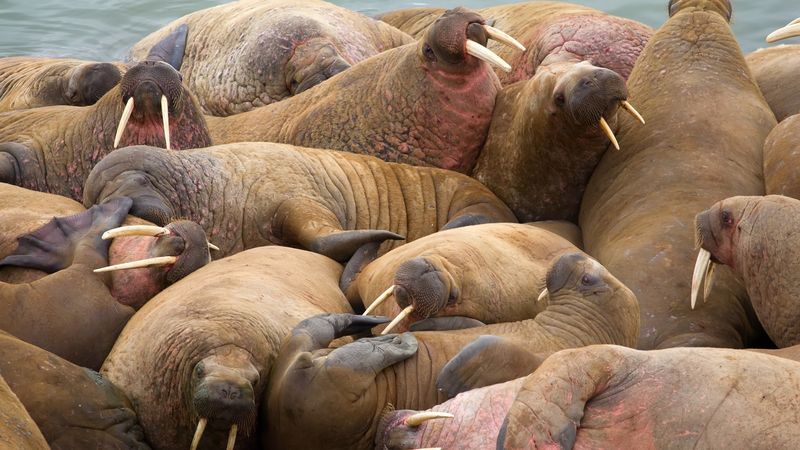
Few creatures left sailors more perplexed than walruses. With their massive tusks, whiskered faces, and ability to haul themselves onto ice floes, these marine mammals seemed like something from another world to European explorers.
Norse legends tell of “rosmhvalr”—walrus-whale hybrids with valuable ivory. Pirates and traders soon learned these tusks were worth their weight in gold. When spotted from a distance, groups of walruses sunning themselves were often described as bizarre sea people.
8. Beluga Whales: The Sea Canary Mystery
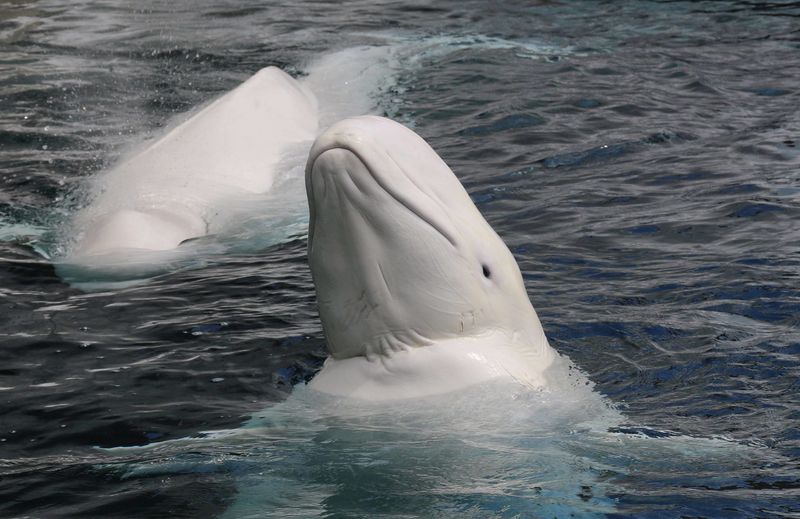
Sailors reported hearing ghostly voices and music near Arctic waters, convinced they were supernatural merfolk. The real musical maestros? Beluga whales, whose vocalizations can sound remarkably human and carry through ship hulls!
These white whales have flexible necks allowing them to turn their heads and appear to nod—further convincing superstitious crews they were encountering intelligent sea beings. Their bulbous foreheads, used for echolocation, added to their otherworldly appearance.
9. Saltwater Crocodiles: The Ship-Side Dragon
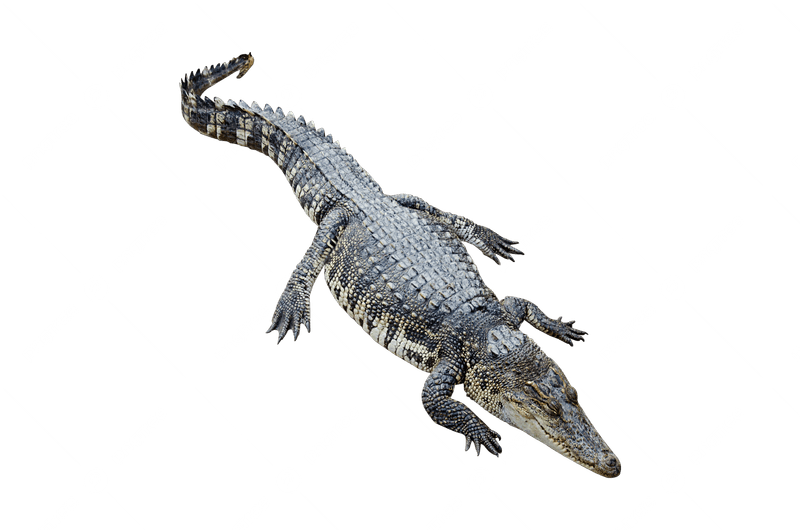
Fearsome jaws snapping at the side of ships? Sailors weren’t hallucinating! Saltwater crocodiles, growing up to 20 feet long, have been known to attack boats and even drag unfortunate crew members overboard in tropical regions.
These reptiles can travel hundreds of miles through open ocean between islands. Their prehistoric appearance and ambush hunting tactics perfectly matched descriptions of sea dragons in many pirate tales. Several Caribbean legends feature these creatures guarding cursed treasure.
10. Bioluminescent Plankton: The Burning Sea
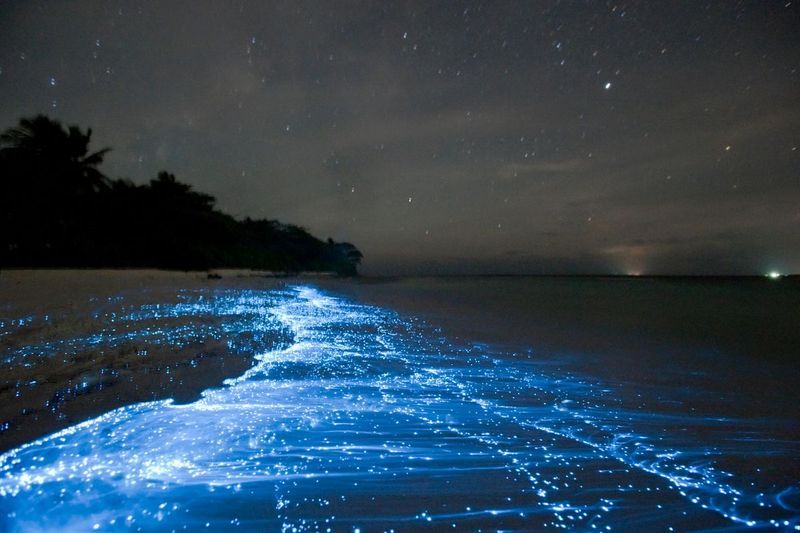
Imagine sailing through waters that suddenly burst into blue flames with every wave! Pirates described oceans that glowed like fire, believing they’d reached magical realms or the edges of the world.
This phenomenon occurs when millions of bioluminescent plankton are disturbed by ships. Caribbean sailors called these waters “milky seas” and considered them omens. Some pirate maps marked these locations as enchanted waters where merfolk gathered, inspiring countless treasure-hunting expeditions.






